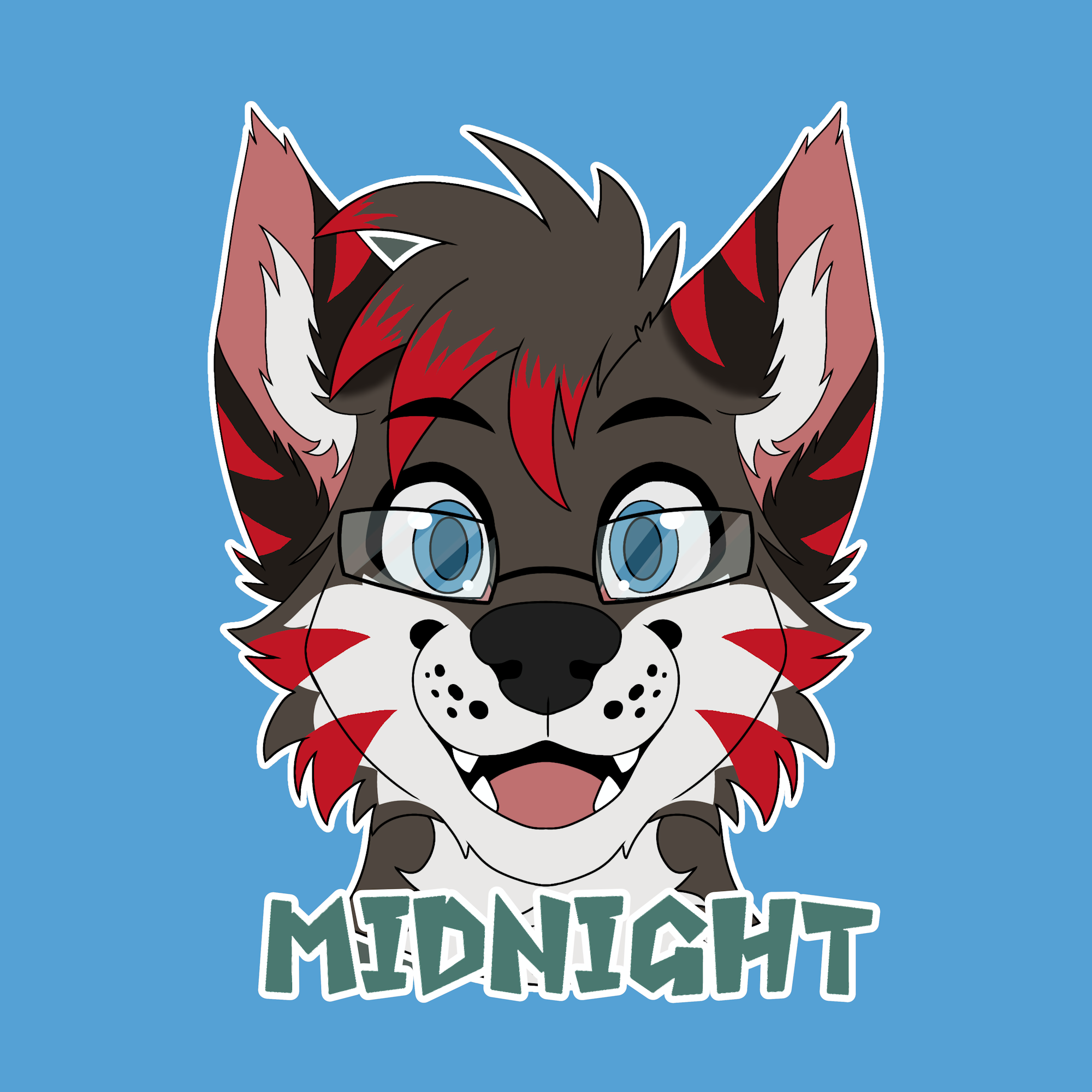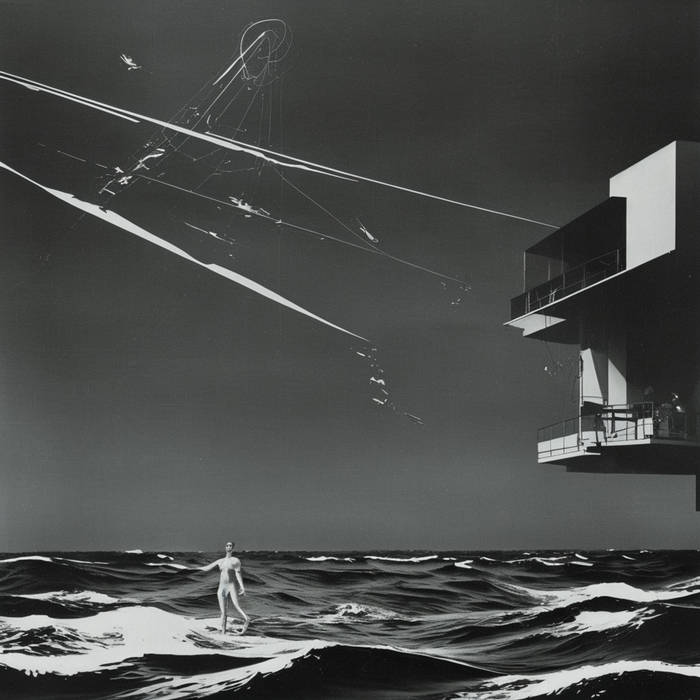Works that cannot be recovered by readers are cited in the text as personal communications. Personal communications include emails, text messages, online chats or direct messages, personal interviews, telephone conversations, live speeches, nonarchived social media livestreams (e.g., Instagram Live, Twitter Spaces), unrecorded webinars, unrecorded classroom lectures, memos, letters, messages from nonarchived discussion groups or online bulletin boards, and so on.
This is so cool but I guess there needs to be an entity to attribute it to? Like (Biblically Accurate Angel, personal communication, May 29, 2024).
Divine inspiration was a perfectly acceptable source of knowledge to the ancients.
Officially, create an appendix, describe your research and method in there, clarify that it is a dream, then refer to set appendix like this: “in my mind scale(appendix 1)”.
Parallel construction. Go find someone else who discovered the same thing and cite that. Easy peasy.
I think you need to use MLA format for that.
Copilot In APA 7 format, personal experiences like a vision you had are considered personal communications. Since personal communications are not recoverable data, they are not included in the reference list but can be cited in the text. To cite your vision, you would include your initials and surname, along with the phrase “personal communication,” and the date of the experience. Here’s an example of how you might cite it:
Narrative citation: J. Doe (personal communication, May 29, 2024)
As an AI, copilot is very experienced with hallucinations, so its probably right on this.
Prove it with a study, then cite that study.
To much work, how about just saying you did the study in your dream?
This guy/gal/sentient being right here, they are doing things that mere mortals cannot fathom. You shall go far, young one.
Sadly not young. Them be years and years of short cuts.
Sounds like a phenomenological situation … Or as we like to call it in the sciences, “not science”.



